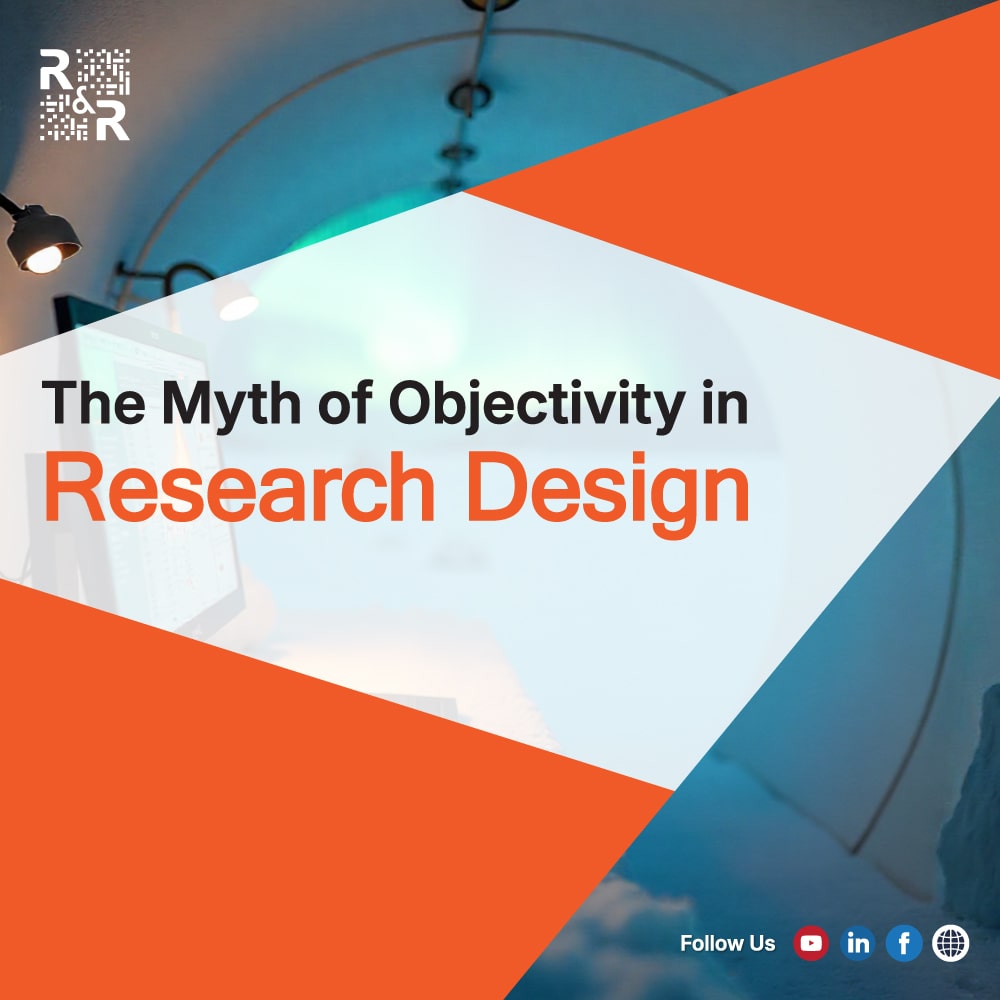In both academic and applied research, the oft-repeated claim—“This study is objective”—masks a deeper reality: objectivity in research design is neither absolute nor devoid of negotiation. Researcher assumptions, frameworks, and methodological decisions inevitably shape outcomes, thus making objectivity constructed and prone to compromise.
1. Framework Choice: The Lens That Filters Reality
Every theoretical framework inherently frames reality. A positivist paradigm emphasizes measurement, predictability, and generalization, while a constructivist framework valorizes subjective meaning and context. Describing either as “objective” overlooks the theory-laden nature of observation—an insight central to contemporary philosophy of science. Therefore, what counts as reality in research is inextricably tied to theoretical lenses, rendering claims of neutrality intellectually untenable.
2. Operationalization Bias: Embedded Assumptions in Measurement
Operationalization—the process of translating abstract constructs like “trust” or “resilience” into measurable indicators—carries hidden value judgments. Choices around definitions, thresholds, and metrics often mirror cultural, institutional, or disciplinary biases. Even quantitative rigor cannot entirely detach from underlying assumptions. Robust validity requires testing alternative operational definitions (“robustness checks”), to ensure findings do not hinge solely on one narrow conceptual mapping.
3. Data Collection Architecture: Neutral Methods Don’t Exist
Data collection methodologies—sampling techniques, survey wording, interview phrasing—predefine research outcomes. Random sampling may still be influenced by convenience, access, or institutional constraints. Moreover, observer bias—our tendency to see what we expect or want—can significantly distort observation and recording. These structural choices shape what can be found and how it is interpreted.
The Risk of Pretending Objectivity in Research Design
The danger of unquestioned objectivity lies in blind spots within analysis and weak, misguided recommendations—especially perilous in policy and applied research. Without awareness of how design choices frame possibilities, researchers risk misrepresenting reality and overestimating the generalizability of findings.
Toward Rigorous Awareness: Recommendations for Research Design
At Research & Report Consulting, we advocate for a more rigorous, transparent, and reflexive approach:
- Transparency over neutrality: Clearly articulate the theoretical frameworks, metric choices, and methodological constraints that shaped the study design and interpretation.
- Triangulation: Use multiple methods, data sources, theories, or investigators to counterbalance individual biases. This approach enhances credibility and validity.
- Reflexivity: Researchers should reflect on—and explicitly acknowledge—their own positionality, values, and potential influence throughout the research process, particularly in qualitative inquiry.
A feminist epistemologist, Sandra Harding, argues that “strong objectivity” is achieved not by claiming detachment, but by acknowledging how a researcher’s standpoint influences inquiry—and making those influences visible.
Conclusion
Objectivity in research is neither a neutral ideal nor a failsafe guarantee—it is a constructed quality that emerges from decisions made across the research process. Credibility stems not from claiming neutrality, but from methodologically transparent, reflexive, and triangulated practice. By embracing this awareness, researchers can produce findings that are more trustworthy, contextually grounded, and impactful.
References
Stanford Encyclopedia of Philosophy
Wikipedia
Scribbr
PMCGrad Coach

